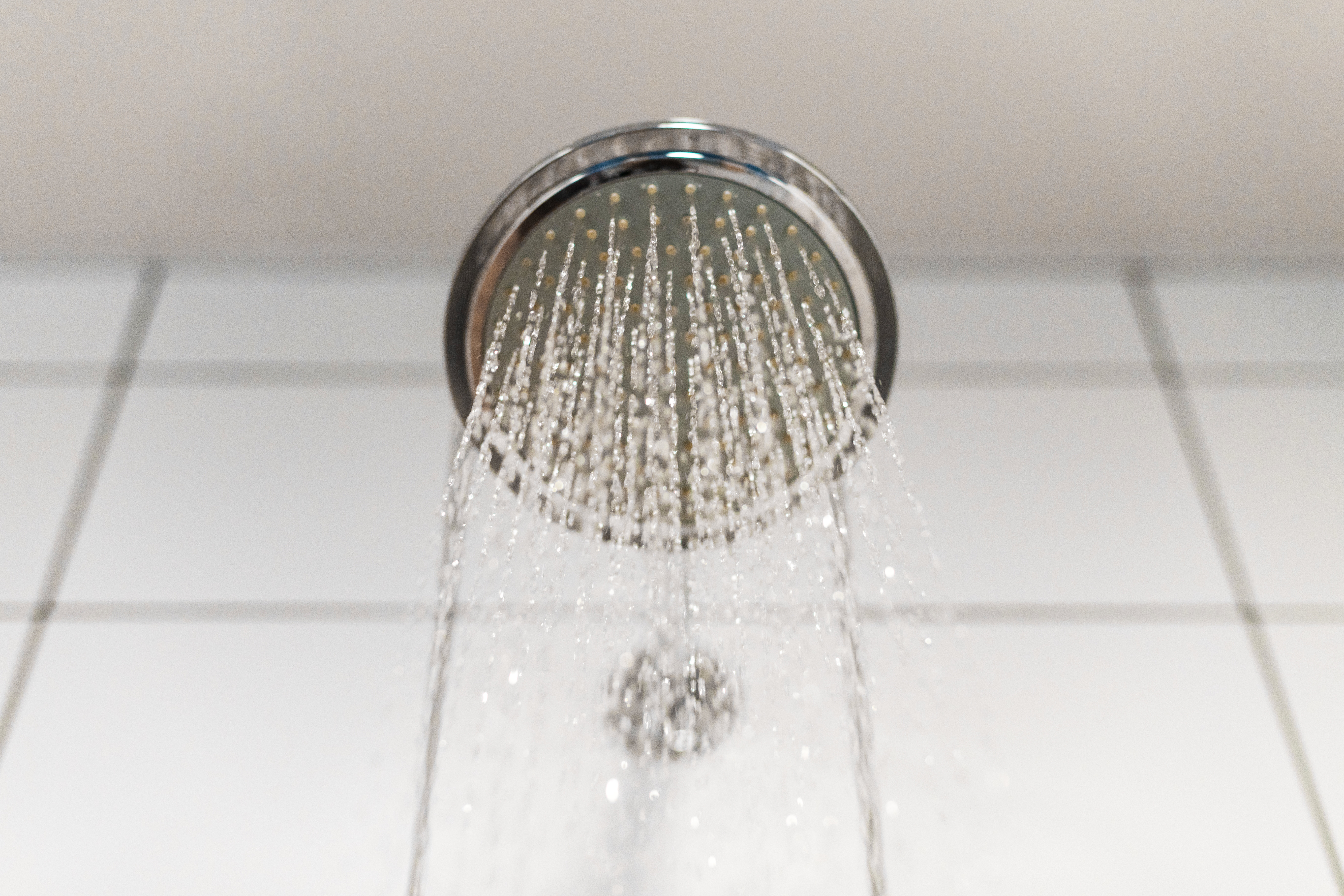Why Low-Flow Fixtures are Ideal for California Homes
Californians have more than a few good reasons to upgrade their homes with low-flow fixtures. Not only does it help conserve water, but it also leads to cheaper water bills, better water pressure, a higher property value and much more.
Understanding Low-Flow Fixtures
The purpose of low-flow fixtures is to save water by reducing the water flow rate without sacrificing functionality. They work by incorporating specialized aerators, flow restrictors or pressure-reducing valves to regulate water flow without compromising performance. Common types of low-flow fixtures used in residential homes include low-flow faucets, which reduce water flow without affecting water pressure, and low-flow showerheads, which aerate water to maintain pressure while reducing consumption. Dual-flush toilets offer two flushing options for liquid and solid waste, conserving water with each use.
Water Conservation Benefits
Homeowners in California often face water conservation challenges due to the state’s semi-arid climate. With a growing population and increasing demand for water, water scarcity has become a significant concern. The state’s aging water infrastructure and environmental factors like climate change further exacerbate these issues.
As California struggles with water shortages, low-flow fixtures are essential to sustainable water use and future water security. These fixtures offer a practical solution to water conservation challenges by significantly reducing household water consumption without sacrificing comfort or convenience. This not only helps mitigate the strain on water resources but also contributes to lower water bills for homeowners.
Legal Requirements and Incentives
There are financial and regulatory incentives for households in California to install low-flow fixtures. The state has regulations in place that mandate the installation of water-efficient plumbing fixtures in both new and existing residential properties. The goal of these rules is to encourage more sustainable methods of water management and decrease water use. Homeowners in California who install low-flow fixtures are eligible for a variety of rebates, incentives and assistance programs. Some examples of these incentives include tax credits, refunds or even free installation.
Easy Installation and Maintenance
Low-flow fixtures come with a straightforward installation process. Once installed, these fixtures require minimal maintenance, usually limited to periodic cleaning and inspections to ensure optimal performance. This ease of installation and maintenance makes low-flow fixtures a practical choice for California homeowners looking to conserve water and reduce utility costs.
Drought Resilience
Californians face significant challenges due to recurring droughts, which can lead to water scarcity, reduced agricultural productivity and environmental degradation. Drought conditions exacerbate existing water supply issues and strain water resources. They impact communities, ecosystems and economies statewide. In response to these challenges, anti-drought measures are crucial for ensuring sustainable water management practices. Low-flow fixtures play a vital role in achieving this goal by reducing water usage in residential and commercial settings. This is especially important for alleviating pressure on strained water supplies during drought periods.
Energy Savings
Energy efficiency is a special issue for Californians due to the state’s high electricity prices, reliance on foreign power generation and pressing need to mitigate climate change by lowering emissions of greenhouse gases. To lessen one’s influence on the environment and cut down on energy use, energy-efficient activities are a must. Because they use less hot water, low-flow fixtures help cut down on energy costs associated with water heating. This means homeowners can lessen their impact on the environment and save money on energy bills by upgrading to low-flow fixtures like toilets, showerheads and faucets.
Improved Water Pressure
Homes in California frequently encounter water pressure issues due to an aging infrastructure, high demand during peak hours and geographical variations in water distribution systems. Drought conditions make these challenges much worse, leading to reduced water availability and pressure fluctuations. Low-flow fixtures address water pressure concerns by regulating water flow, optimizing distribution and ensuring consistent pressure throughout the plumbing system. These fixtures can even help maintain adequate pressure levels during periods of high demand or water scarcity. Moreover, their efficient design minimizes strain on existing infrastructure, contributing to improved overall water pressure management in California homes.
Preservation of Groundwater Levels
Groundwater levels profoundly impact homeowners and their surroundings in California, particularly in regions heavily reliant on groundwater for drinking water and agricultural purposes. However, over-extraction and prolonged drought conditions have led to declining groundwater levels. The negative effects of this include land subsidence, reduced water availability and increased vulnerability to water scarcity. Low-flow fixtures play an imperative role in preserving groundwater levels by curbing excessive water consumption and minimizing waste. Their widespread adoption across residential properties is key to that state’s collective efforts aimed at sustainable water management and groundwater replenishment.
Preservation of Ecosystems for Animals
California’s diverse ecosystems and animal habitats face numerous challenges, including habitat loss, fragmentation, pollution and climate change. These threats endanger the survival of many native species, disrupt ecosystems and jeopardize biodiversity. Low-flow fixtures offer a solution by reducing water consumption and minimizing the environmental impact associated with water use. Lower water usage reduces the need for large-scale water diversions from natural water sources, preserving aquatic ecosystems and the species dependent on them.
Impact on Home Value and Resale
Low-flow fixtures not only offer immediate cost savings and environmental benefits but could also enhance a home’s resale value. In California’s competitive real estate market, eco-friendly features like low-flow fixtures are increasingly attractive to homebuyers seeking sustainable and energy-efficient properties. Homes equipped with low-flow fixtures often command higher prices and attract more potential buyers due to their reduced utility bills and eco-conscious design. This extra value can help California residents sell their homes quickly. And in addition to promoting sustainability and environmental responsibility, it pushes the housing sector to use water-saving measures.
Addressing Common Concerns
Do you have some concerns about switching to low-flow fixtures? If so, here are some answers to the most frequently asked questions.
Are Low-Flow Fixtures Compatible With All Plumbing?
Compatibility with existing plumbing systems is a common concern for homeowners considering low-flow fixtures. While many modern low-flow fixtures are compatible with standard plumbing configurations, older homes or unique plumbing setups may require additional adjustments or modifications. It’s essential to assess your plumbing system’s specifications and consult with a qualified plumber to determine compatibility and identify any necessary upgrades or adaptations.
Will Low-Flow Fixtures Look OK With Your Current Setup?
Homeowners often wonder if low-flow fixtures will complement their current aesthetic and design preferences. Fortunately, low-flow fixtures are available in a wide range of types, finishes and designs to accommodate various preferences and home décor trends.
How Durable Are Low-Flow Fixtures?
Durability is another consideration when evaluating low-flow fixtures. Fortunately, you can rest assured that modern low-flow fixtures will withstand everyday use and offer long-term reliability. High-quality materials and advanced manufacturing techniques ensure that low-flow fixtures remain durable and functional for years to come.
Making the switch to low-flow fixtures is easy with Crystal Blue Plumbing Heating & Air. Contact us now! Our top priority is to provide our customers with efficient and sustainable bathroom plumbing and kitchen plumbing solutions that meet their needs while conserving water and energy. We’re here to meet all of your HVAC and plumbing needs in Loomis, CA.








